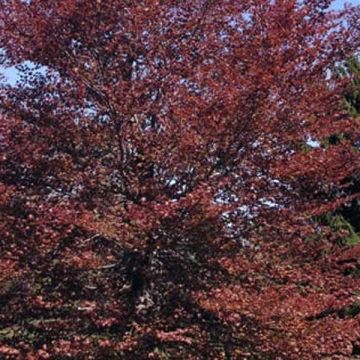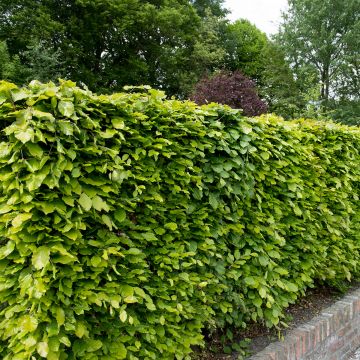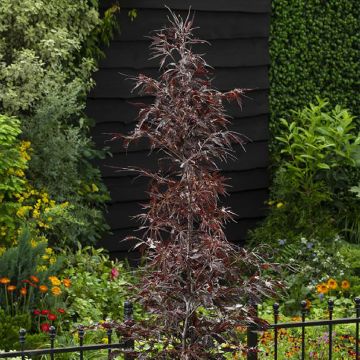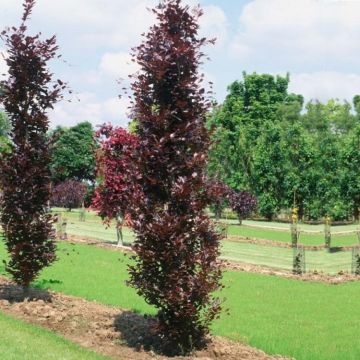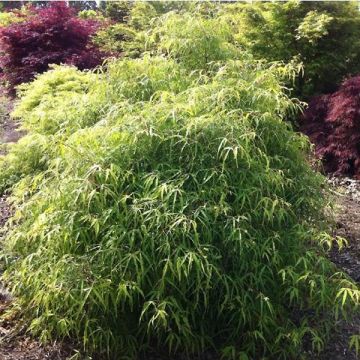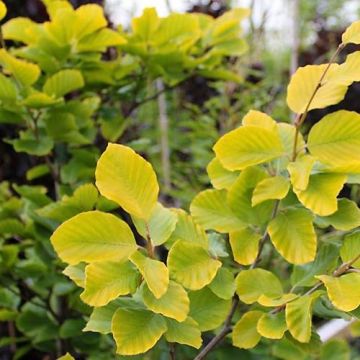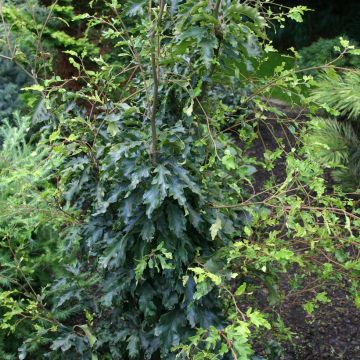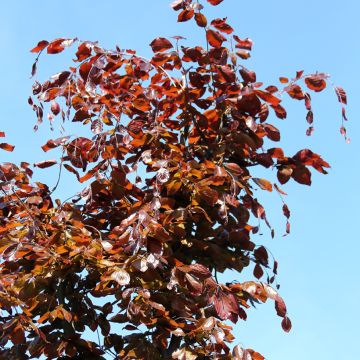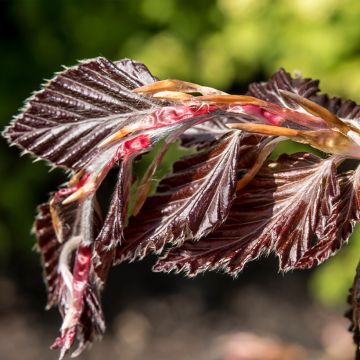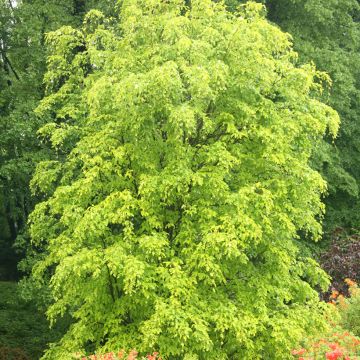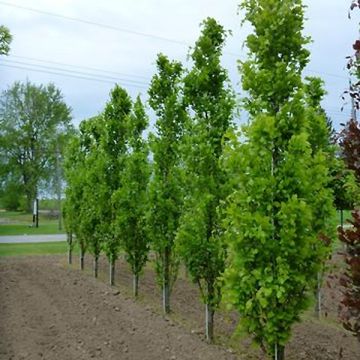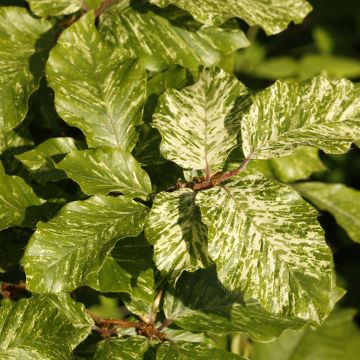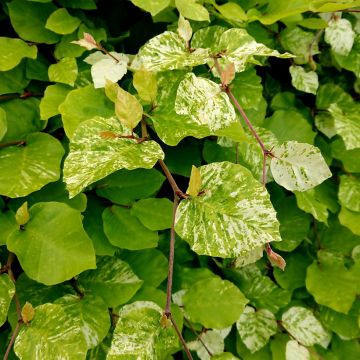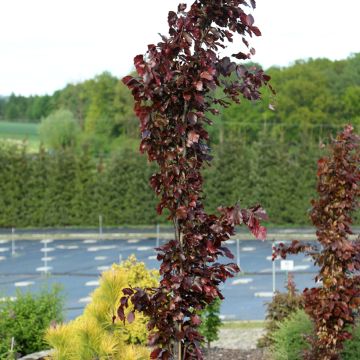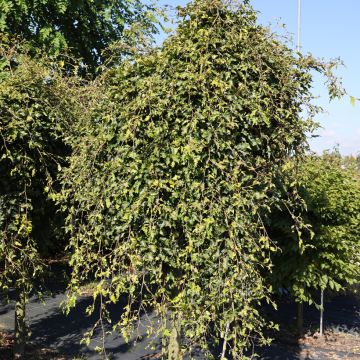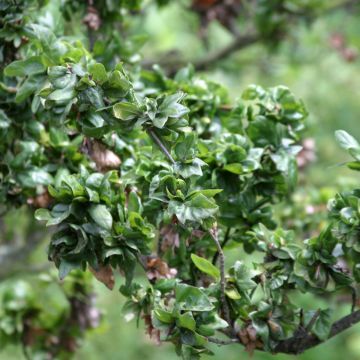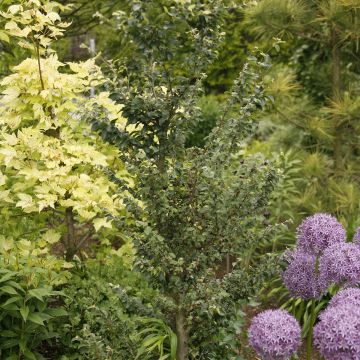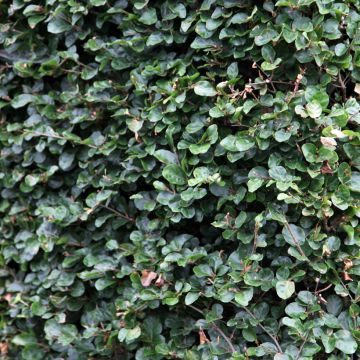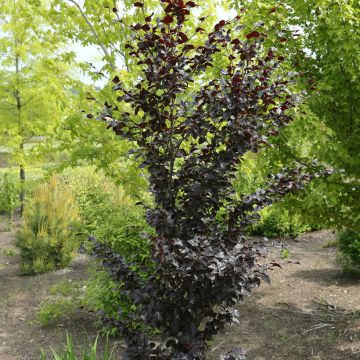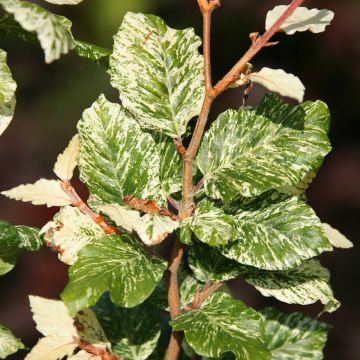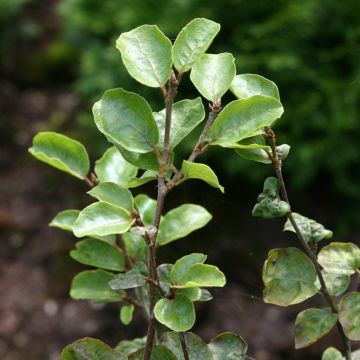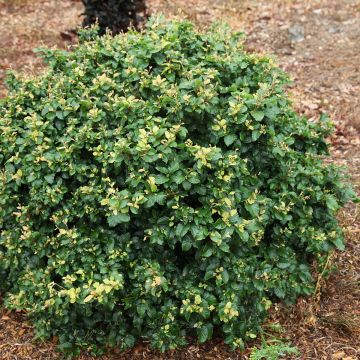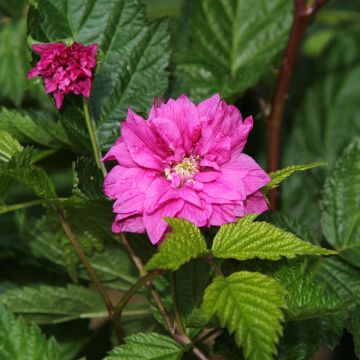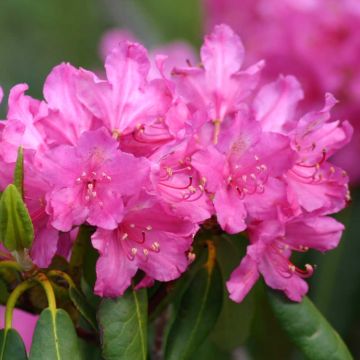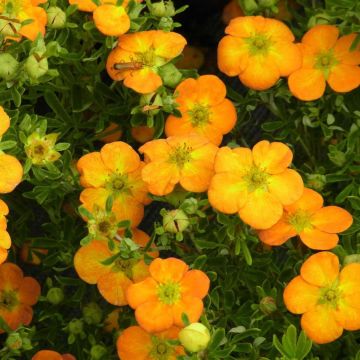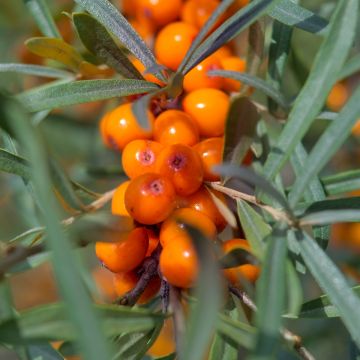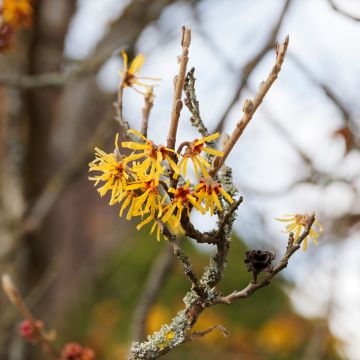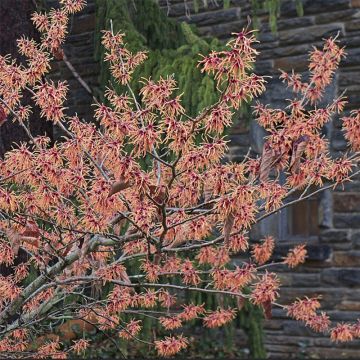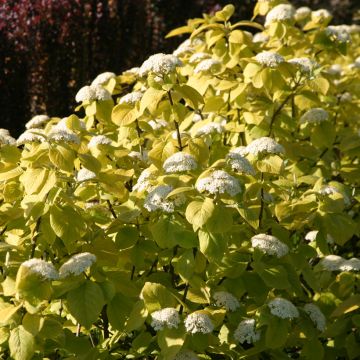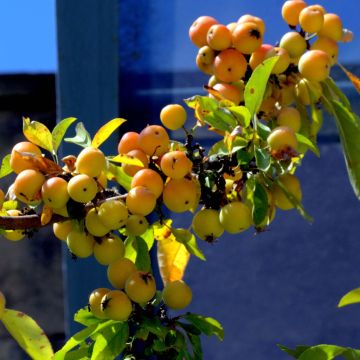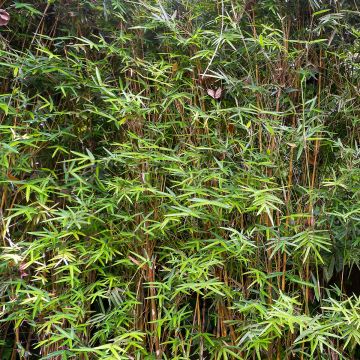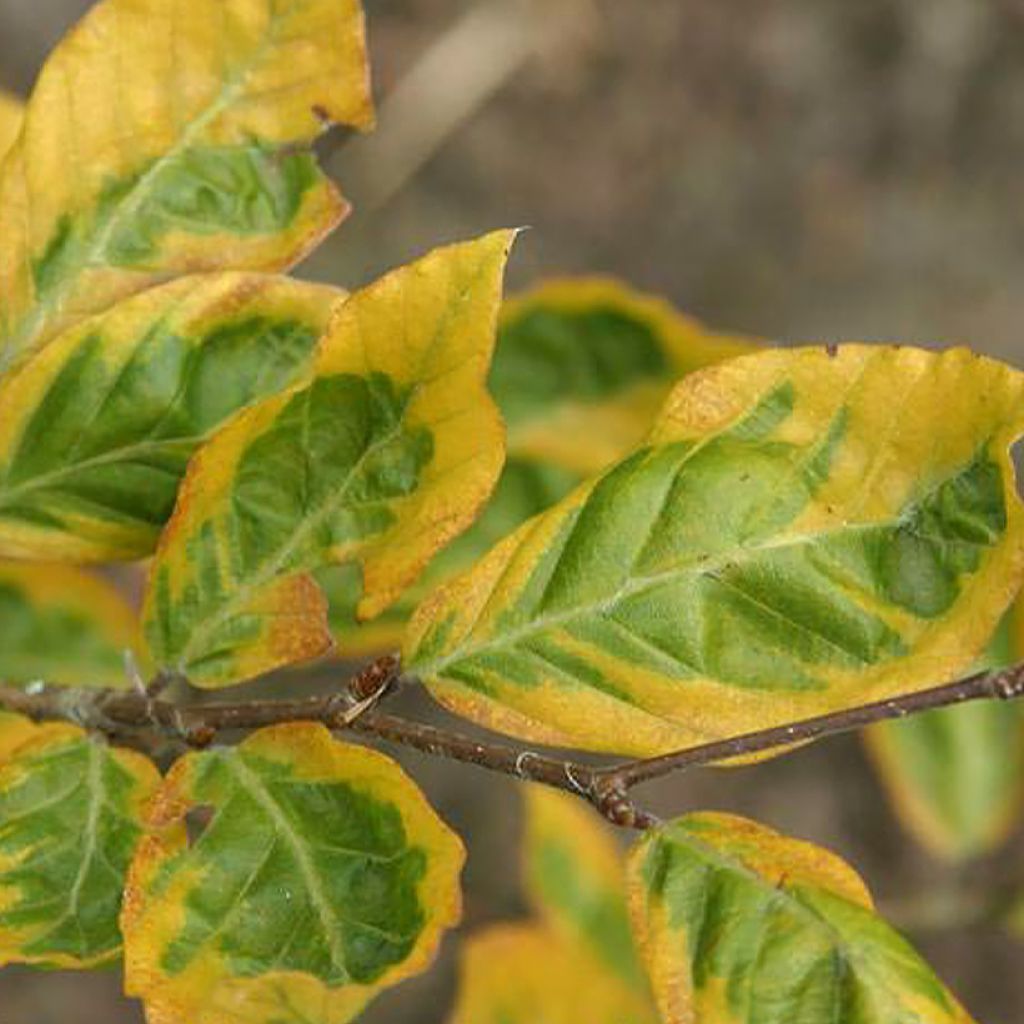

Fagus sylvatica Golden Edge
Fagus sylvatica Golden Edge
Fagus sylvatica Golden Edge
Beech
Why not try an alternative variety in stock?
View all →This plant carries a 24 months recovery warranty
More information
We guarantee the quality of our plants for a full growing cycle, and will replace at our expense any plant that fails to recover under normal climatic and planting conditions.
From €5.90 for pickup delivery and €6.90 for home delivery
Express home delivery from €8.90.
Does this plant fit my garden?
Set up your Plantfit profile →
Description
Fagus sylvatica 'Golden Edge' is a recent variety of the common beech appreciated for its green leaves edged with golden yellow. It forms an upright tree with a conical crown that can reach 5 to 8 m in height. It thrives in temperate and humid climates, fertile, moist, well-drained soils, and full sun or partial shade. This is a hardy and easy-going tree that will find its place as a specimen in a small garden or as a background plant, to bring height and light.
Fagus sylvatica, also known as the beech tree, is an imposing tree with a spreading habit. It belongs to the fagaceae family and the genus Fagus, which includes ten deciduous tree species that grow in temperate regions of the northern hemisphere. Native to central Europe to the Caucasus, the common beech is one of the most common species in European forests. Today, there are numerous varieties of beech, grown for their habit, their decorative foliage, or both.
The 'Golden Edge' cultivar forms a small tree with a straight trunk supporting a beautiful conical crown that becomes slightly spreading over time. It will reach 5 to 8 m in height and 2 to 4 m in width. Its bark is smooth and grey. In spring, its leaves are alternate with toothed and wavy margins. They are green with golden-yellow edges. In autumn, they turn yellow-brown and are slightly marcescent, meaning they dry out while remaining on the tree late in the season. Insignificant, greenish flowers appear in April-May, almost at the same time as the leaves. They are followed, on mature specimens, by brown fruits called beech nuts, which measure between 12 and 18 mm long.
The 'Golden Edge' beech is a very hardy tree that needs little maintenance if it is happy. You can plant it as a specimen. With its luminous foliage, it will attract all eyes. In the background of a border, pair it with low-flowering shrubs like a 'Pink Lady' Japanese quince or blue-foliaged rockery conifers like 'Blue Chip' horizontal juniper.
Report an error about the product description
Plant habit
Flowering
Foliage
Botanical data
Fagus
sylvatica
Golden Edge
Fagaceae
Beech
Central Europe
Other Fagus - Beech
Planting and care
Fagus sylvatica ‘Golden Edge’ appreciates partial shade and sunlight. It tolerates shade fairly well, although its colours are less intense in shady areas. The soil should be moist and well-drained. It dislikes stagnant humidity and summer drought. In late winter, when the tree is dormant, remove awkward or tangled branches to maintain a beautiful shape. Be vigilant against attacks from aphids and scale insects as well as mildew. This is an easy-to-care-for tree that withstands cold temperatures well.
Planting period
Intended location
Care
This item has not been reviewed yet - be the first to leave a review about it.
Hedge shrubs
Haven't found what you were looking for?
Hardiness is the lowest winter temperature a plant can endure without suffering serious damage or even dying. However, hardiness is affected by location (a sheltered area, such as a patio), protection (winter cover) and soil type (hardiness is improved by well-drained soil).

Photo Sharing Terms & Conditions
In order to encourage gardeners to interact and share their experiences, Promesse de fleurs offers various media enabling content to be uploaded onto its Site - in particular via the ‘Photo sharing’ module.
The User agrees to refrain from:
- Posting any content that is illegal, prejudicial, insulting, racist, inciteful to hatred, revisionist, contrary to public decency, that infringes on privacy or on the privacy rights of third parties, in particular the publicity rights of persons and goods, intellectual property rights, or the right to privacy.
- Submitting content on behalf of a third party;
- Impersonate the identity of a third party and/or publish any personal information about a third party;
In general, the User undertakes to refrain from any unethical behaviour.
All Content (in particular text, comments, files, images, photos, videos, creative works, etc.), which may be subject to property or intellectual property rights, image or other private rights, shall remain the property of the User, subject to the limited rights granted by the terms of the licence granted by Promesse de fleurs as stated below. Users are at liberty to publish or not to publish such Content on the Site, notably via the ‘Photo Sharing’ facility, and accept that this Content shall be made public and freely accessible, notably on the Internet.
Users further acknowledge, undertake to have ,and guarantee that they hold all necessary rights and permissions to publish such material on the Site, in particular with regard to the legislation in force pertaining to any privacy, property, intellectual property, image, or contractual rights, or rights of any other nature. By publishing such Content on the Site, Users acknowledge accepting full liability as publishers of the Content within the meaning of the law, and grant Promesse de fleurs, free of charge, an inclusive, worldwide licence for the said Content for the entire duration of its publication, including all reproduction, representation, up/downloading, displaying, performing, transmission, and storage rights.
Users also grant permission for their name to be linked to the Content and accept that this link may not always be made available.
By engaging in posting material, Users consent to their Content becoming automatically accessible on the Internet, in particular on other sites and/or blogs and/or web pages of the Promesse de fleurs site, including in particular social pages and the Promesse de fleurs catalogue.
Users may secure the removal of entrusted content free of charge by issuing a simple request via our contact form.
The flowering period indicated on our website applies to countries and regions located in USDA zone 8 (France, the United Kingdom, Ireland, the Netherlands, etc.)
It will vary according to where you live:
- In zones 9 to 10 (Italy, Spain, Greece, etc.), flowering will occur about 2 to 4 weeks earlier.
- In zones 6 to 7 (Germany, Poland, Slovenia, and lower mountainous regions), flowering will be delayed by 2 to 3 weeks.
- In zone 5 (Central Europe, Scandinavia), blooming will be delayed by 3 to 5 weeks.
In temperate climates, pruning of spring-flowering shrubs (forsythia, spireas, etc.) should be done just after flowering.
Pruning of summer-flowering shrubs (Indian Lilac, Perovskia, etc.) can be done in winter or spring.
In cold regions as well as with frost-sensitive plants, avoid pruning too early when severe frosts may still occur.
The planting period indicated on our website applies to countries and regions located in USDA zone 8 (France, United Kingdom, Ireland, Netherlands).
It will vary according to where you live:
- In Mediterranean zones (Marseille, Madrid, Milan, etc.), autumn and winter are the best planting periods.
- In continental zones (Strasbourg, Munich, Vienna, etc.), delay planting by 2 to 3 weeks in spring and bring it forward by 2 to 4 weeks in autumn.
- In mountainous regions (the Alps, Pyrenees, Carpathians, etc.), it is best to plant in late spring (May-June) or late summer (August-September).
The harvesting period indicated on our website applies to countries and regions in USDA zone 8 (France, England, Ireland, the Netherlands).
In colder areas (Scandinavia, Poland, Austria...) fruit and vegetable harvests are likely to be delayed by 3-4 weeks.
In warmer areas (Italy, Spain, Greece, etc.), harvesting will probably take place earlier, depending on weather conditions.
The sowing periods indicated on our website apply to countries and regions within USDA Zone 8 (France, UK, Ireland, Netherlands).
In colder areas (Scandinavia, Poland, Austria...), delay any outdoor sowing by 3-4 weeks, or sow under glass.
In warmer climes (Italy, Spain, Greece, etc.), bring outdoor sowing forward by a few weeks.

































